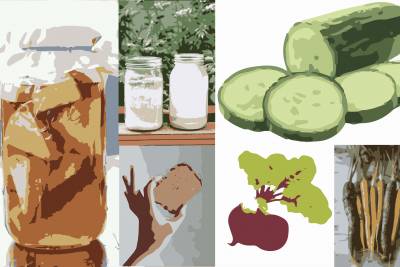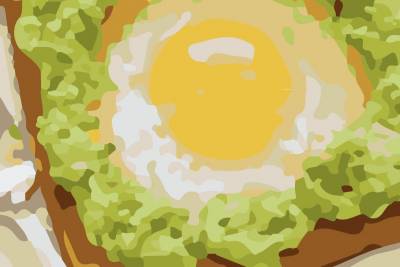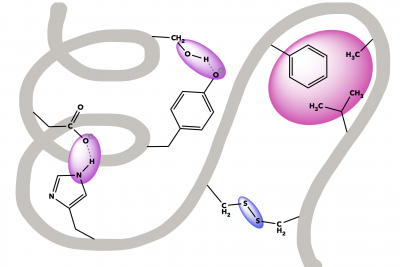The Color of Sunsets
Background
Light scattering explains why we see changes in color when the sun rises or sets. Molecules in our atmosphere (nitrogen and oxygen) change the direction of light and this is called scattering. Sunlight that reaches our atmosphere is composed of all the colors of the rainbow (ROYGBV). The different wavelengths of light are scattered differently by particles in the air. Smaller wavelengths scatter more than longer wavelengths.
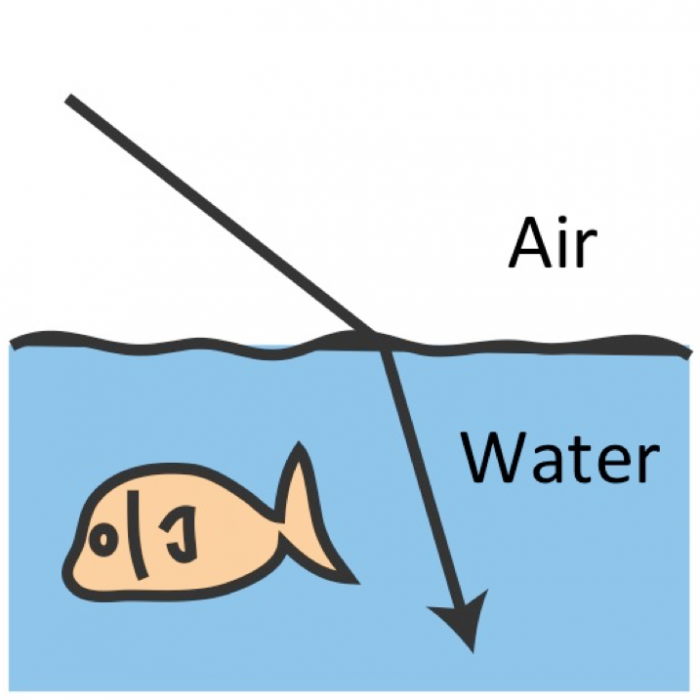
Refraction of light as it enters the water means it will bend, or change the direction, of the light
Furthermore, as light from the sun enters our atmosphere, it undergoes atmospheric refraction. This is the bending of transmitted light as it travels across the boundary of one material into another material in which its speed is different. This change in direction of light occurs because light is changing its speed in the different substances in it traveling in.
Materials

Household Items
- Two identical transparent glasses
- Water

Corner Store Items
- Straw
- Milk
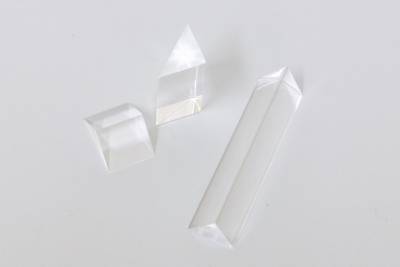
Laboratory Items
- Three or more prisms
- Laser pointer
Part 1: Observing Refraction
Experiment 1
Place the straw in the glass of water and look at where the straw meets the water. All scientist record their observations, so tell us what you see below:
What do you think is happening to the light to make us see the straw this way?
Experiment 2
Create a light maze by arranging prisms to bend the light from the laser pointer.
Once again lets record our observations about what the prism is doing to the light in the light maze you’ve made?
Part 2: Observing Light Scattering
Experiment 1
Add milk to one glass of water. Point the laser so that the light goes through the plain glass of water. Now compare it to the glass with the milk/water solution.
Can you see the laser light path?
Why do you think adding milk helps us see the laser light path?
Make some observations
1. What are the different colors in sunlight? How can we break apart sunlight into the different colors?
2. What are the colors you’ve seen in sunsets and sunrises?
3. Looking at the visible spectrum of light, do these colors have short or long wavelengths?
Since particles in the air scatter smaller wavelengths more, blue scatters more than red or orange, which is why the sky appears blue. If you look close to the horizon, the sky becomes lighter blue or white because the blue light is being entirely scattered away.
In the figure, what time of the day does the light from the sun have to travel through more of the atmosphere to reach our eyes?
At what time will more light scatter?
Which color of light do you think is more transmitted and what color is more scattered at sunsets (at 6 pm in the figure)? What is happening to the blue light?





